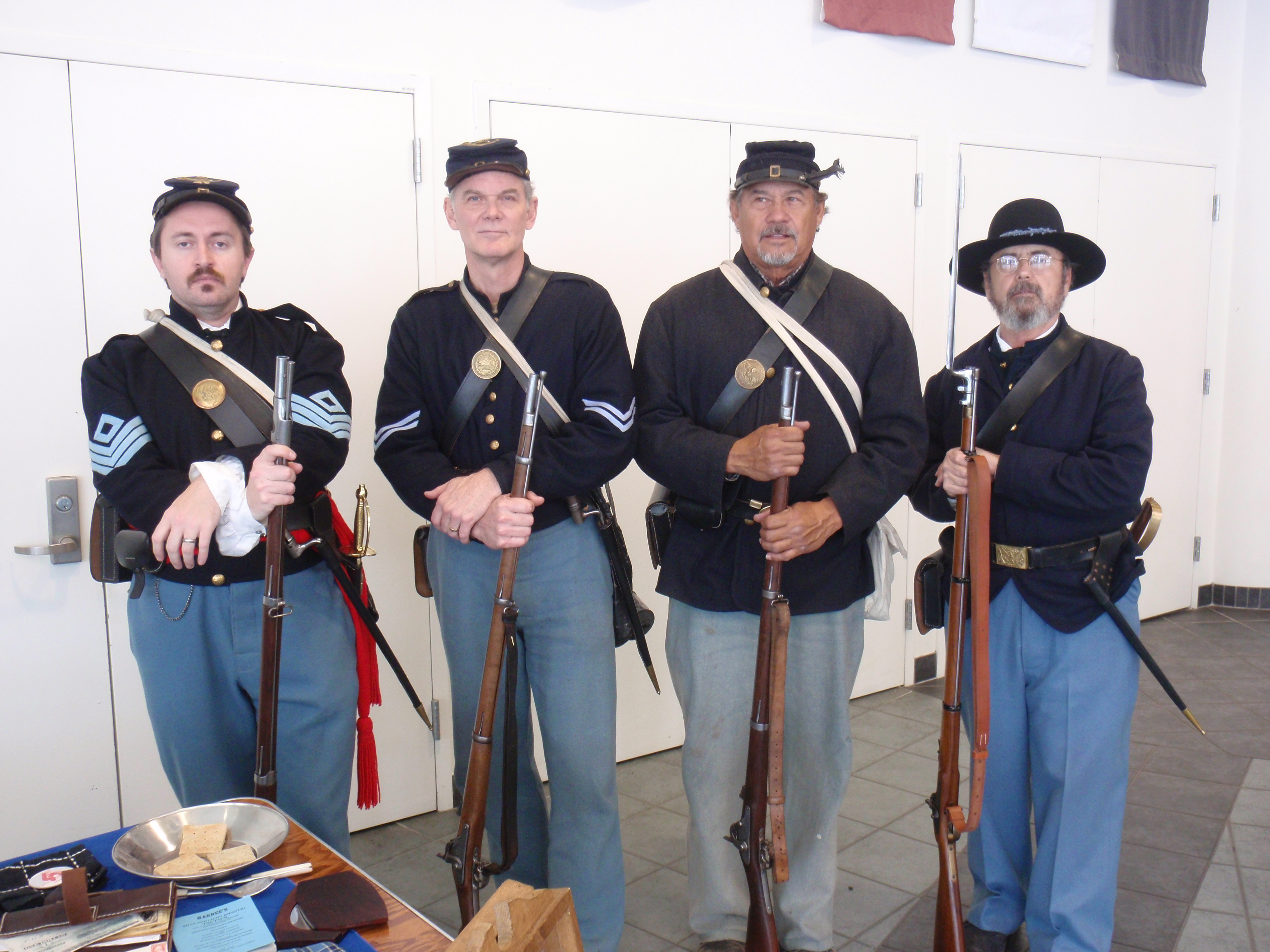
John D. Billings told of his experiences in the Civil War. He wrote Hard Tack and Coffee in 1887. Currently priced at $0.99 for the Kindle version.
He has a delightful writing style which is a joy to read. Wish I could write that well.
Among many other things, he provided a few reference points for the cost of items.
Soldier wages
In discussing the sutlers who provided items to soldiers, he mentions pay rates. He says a private’s
..thirteen dollars a month (or even sixteen dollars, to which the pay was advanced June 20, 1864, through the efforts of Henry Wilson, who strove hard to make it twenty-one dollars) would not hold out a great while to patronize an army sutler…
That gives a reference point of Union soldiers being paid $13 a month for most the war and $16 a month for the last year or so.
Keep in mind the soldier would also be provided food, such as it was. He was also provided a bedroll, tent half, and assigned a place to sleep on the ground.
So, $13 a month plus room (on the ground), and board (not wonderful but enough to sustain a fellow).
Sutlers’ prices
He also mentions a few prices he recalls charged by sutlers to soldiers who wanted to supplement the government rations once in a while:
- $0.50 a pound – cheese
- $0.75 a can – condensed milk
- $1.25 a plug – tobacco
- $0.25 for 6 – molasses cookies
Those high prices reflect the extreme cost to transport goods from the cities to wherever the army might be at the moment. Also reflects the risk of loss of inventory.
To picture sutlers, imagine a civilian-owned dry-goods store carried around in a wagon, following the army as it maneuvers through the countryside.
Clothing allowance
Mr. Billings describes the uniform allowance:
Forty-two dollars was the sum allowed by the government to clothe the private soldier for the space of one year. The articles included in his outfit were a cap or hat (usually the former), overcoat, dress coat, trousers, shirts, drawers, socks, shoes, a woollen and a rubber blanket. This was the wardrobe of the infantry.
One set of clothes was not enough to last for a year. Any replacement clothes would be charged against that $42 allowance:
This outfit was not sufficient to last the year through, for various reasons, and so the quartermaster supplied duplicates of the garments when needed. But whatever was drawn from him beyond the amount allowed by the government was charged to the individual, and deducted from his pay at the end of the
Clothes abandoned in a retreat or lost in action would be replaced by the quartermaster at no charge to the soldier.
One thought on “Reference point of wages for Civil War soldiers”